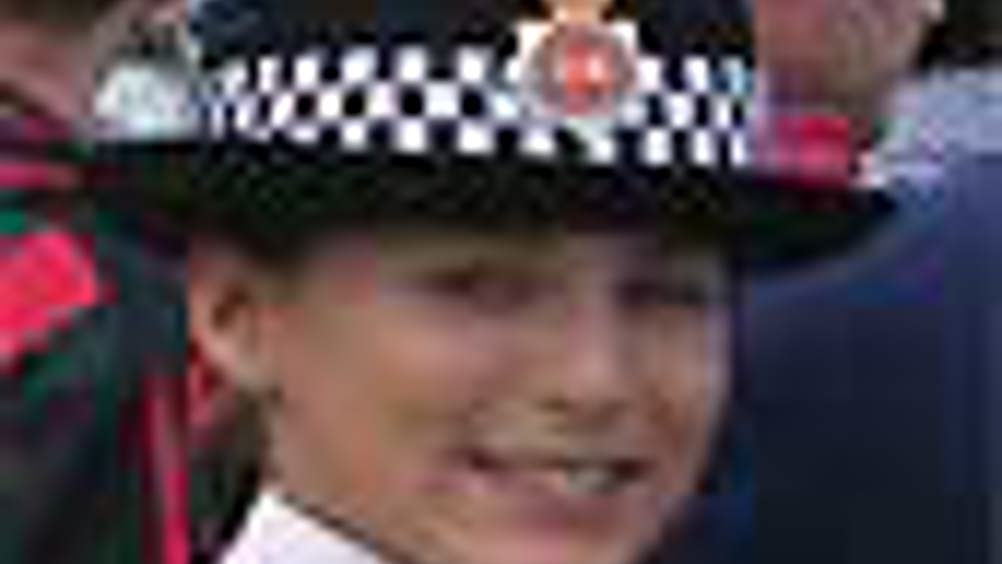Situation in hand
A UK police force is to test advanced location technology that would allow control rooms to track the movements of individual officers to within 1m.

A UK police force is to test advanced location technology that would allow control rooms to track the movements of individual officers to within 1m.
The Sussex force hopes the use of handsets incorporating Assisted GPS technology will allow officers to respond more effectively in emergencies, when precise data on the location of personnel is often unavailable.
Expected to be ready for full service by mid-2006, the system would also allow police at the scene of an incident to receive detailed, real-time information on their colleagues’ whereabouts.
Sussex Police Authority is a partner in an EU-funded project called Liaison which is developing systems that use Assisted GPS for a range of applications and numbers Alcatel and France Telecom among its members.
Existing technology for monitoring police and co-ordinating a response relies heavily on vehiclebased systems. Police cars have a GPS unit on-board but when officers leave the vehicle, their controllers have little detailed information on where they are in relation to the crime scene.
Register now to continue reading
Thanks for visiting The Engineer. You’ve now reached your monthly limit of premium content. Register for free to unlock unlimited access to all of our premium content, as well as the latest technology news, industry opinion and special reports.
Benefits of registering
-
In-depth insights and coverage of key emerging trends
-
Unrestricted access to special reports throughout the year
-
Daily technology news delivered straight to your inbox










Water Sector Talent Exodus Could Cripple The Sector
Maybe if things are essential for the running of a country and we want to pay a fair price we should be running these utilities on a not for profit...